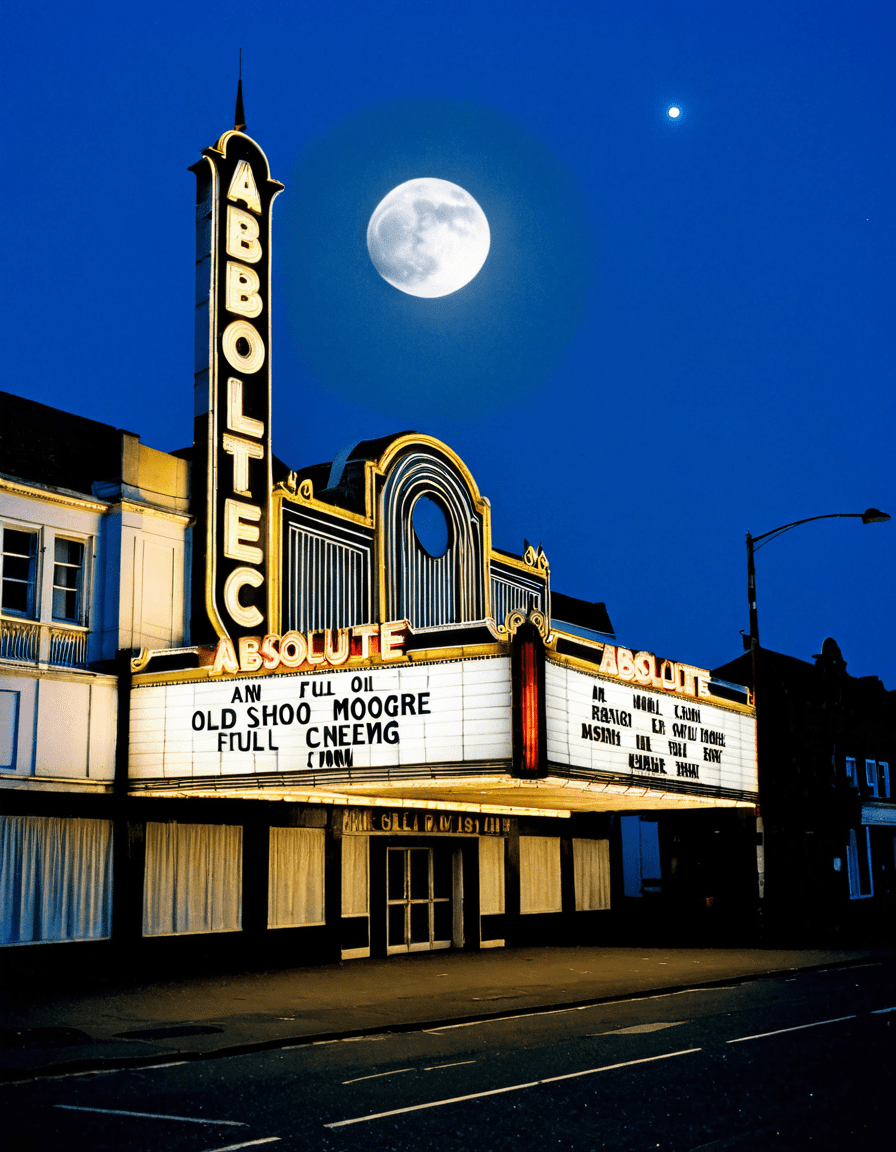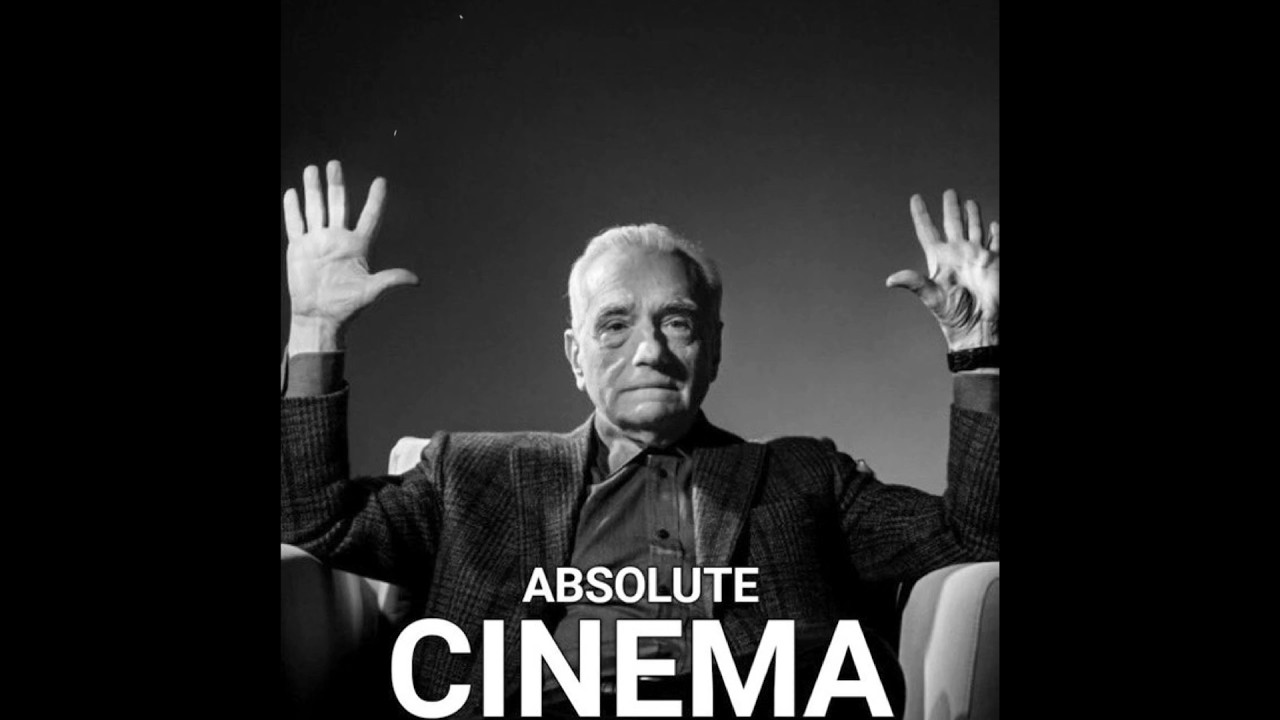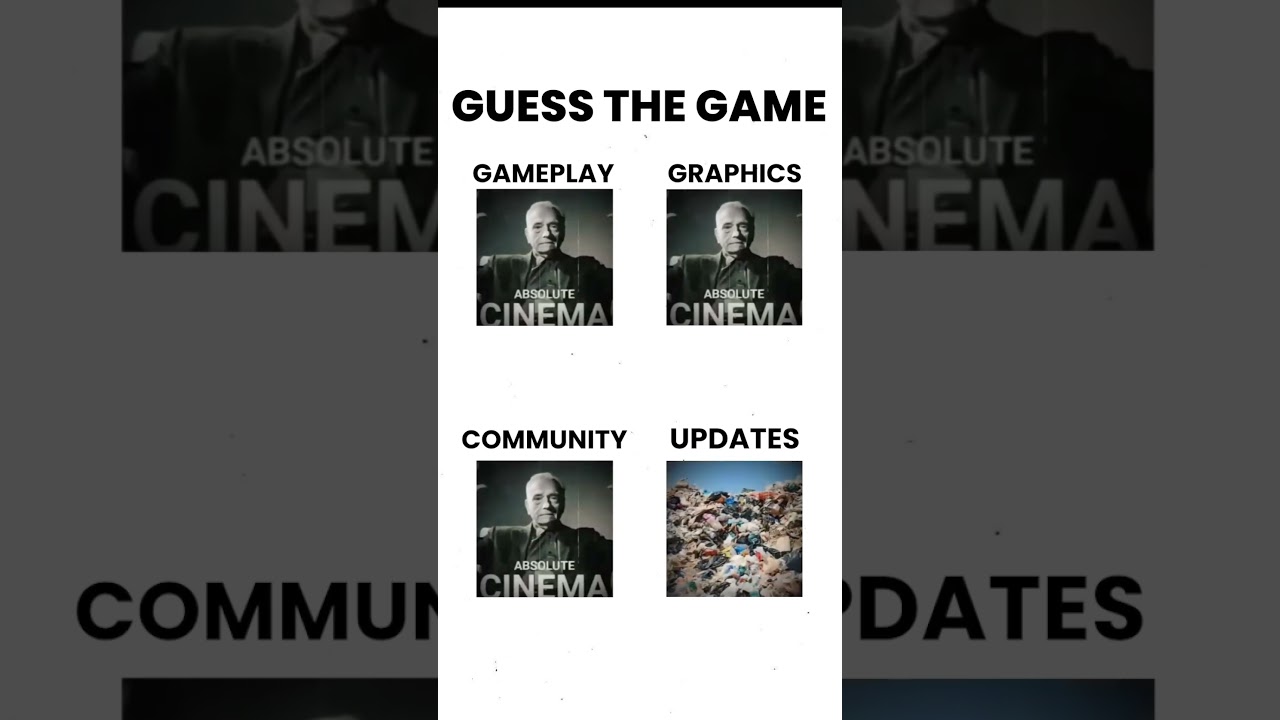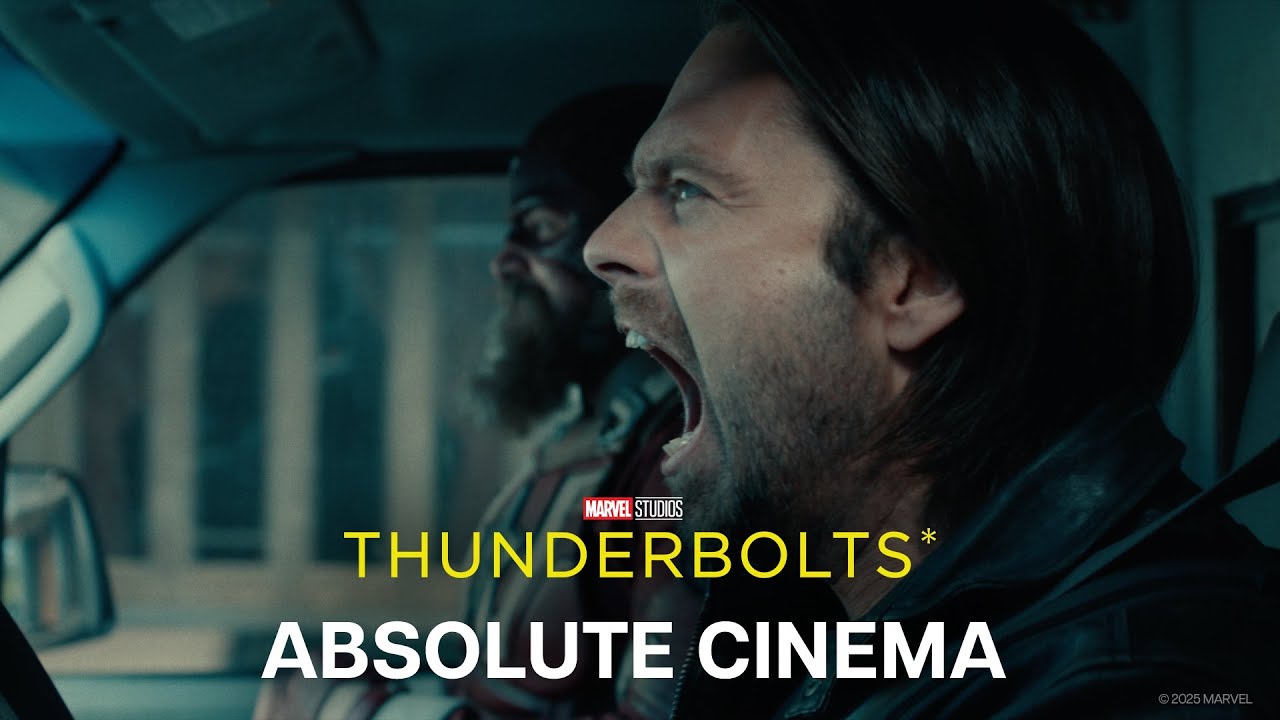In the dynamic landscape of modern filmmaking, absolute cinema stands as a beacon for storytelling that transcends mere entertainment. It’s a powerful concept where each frame is thoughtfully crafted to evoke emotion, provoke thought, and foster connections. From cult classics to blockbuster hits, these cinematic gems harness technical mastery blended with evocative storytelling techniques. Let’s break down the seven pillars of absolute cinema and dive deeply into the art of visual storytelling.
7 Pillars of Absolute Cinema: Defining the Art of Visual Storytelling
When we talk about absolute cinema, we’re diving into seven essential elements that define this expressive form of art. Each pillar adds depth and vibrancy to the storytelling process while immersing viewers in unforgettable experiences.
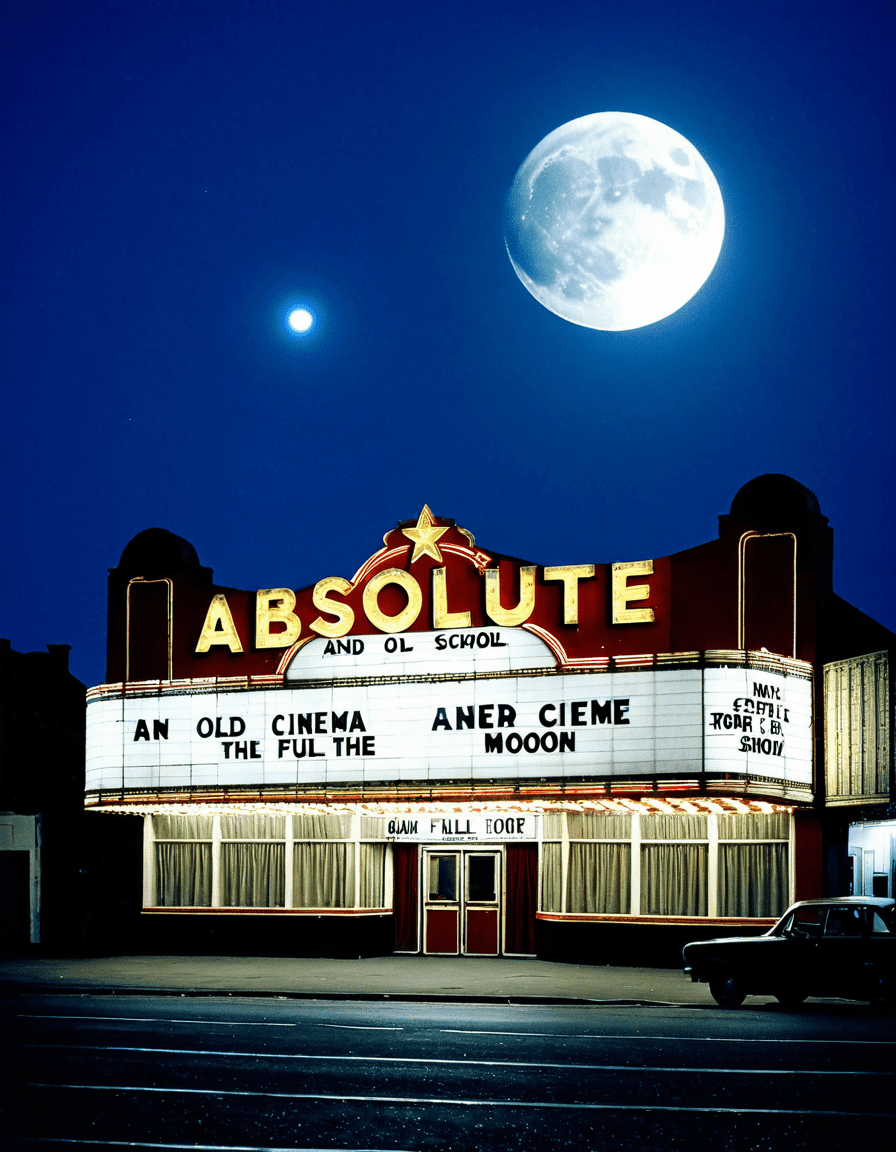
1. Cinematic Composition: The Framework of Emotion
The way a scene is composed lays the groundwork for the emotional journey ahead. Renowned filmmakers like Christopher Nolan and Wes Anderson are masters of this craft. In Inception, Nolan layers scenes with intricate visuals that mirror characters’ waking and sleeping realities, pulling us into their complex worlds. Meanwhile, Anderson’s The Grand Budapest Hotel dazzles with its pastel colors and symmetrical shots, establishing a whimsical tone that charms audiences.
2. Innovative Sound Design: Beyond the Visual
Sound isn’t just background noise; it’s deeply woven into the storytelling fabric. Take A Quiet Place, directed by John Krasinski, where silence becomes a spine-tingling narrative tool. The absence of sound in crucial moments heightens tension and amplifies the viewer’s anxiety, teaching us that what we don’t hear can be just as powerful as what we do.
3. Lighting as Narrative: The Dance of Light and Shadow
Lighting plays a pivotal role in storytelling, often underrated but essential in setting the mood. Blade Runner 2049, under Denis Villeneuve’s direction, exemplifies this beautifully. The chiaroscuro lighting reflects the film’s themes of isolation and hope. Lighting isn’t just a technical necessity; it shapes every viewer’s experience.
4. Spatial Storytelling: Designing Environments that Communicate
Set designs and locations tell stories without saying a single word. In Parasite directed by Bong Joon-ho, the contrasting homes of the wealthy and the impoverished not only reflect their socioeconomic divides but serve as visual metaphors for class struggle. Every nook and cranny communicates deeper themes, enhancing the audience’s understanding.
5. Seamless Editing: The Rhythm of Narrative
Editing is the unsung hero in filmmaking, molding the pacing and emotional trajectory of a storyline. Consider 1917, where Sam Mendes crafts the illusion of a continuous shot, placing viewers in the middle of a wartime crisis. This technique, showcased in heart-thumping segments, emphasizes urgency and connection.
6. The Evolution of Technology: New Frontiers in Filmmaking
With each passing year, technology reshapes absolute cinema. The rise of virtual reality (VR) and augmented reality (AR) has opened up fresh avenues for storytelling. For instance, Disney’s The Lion King (2019) used groundbreaking photorealistic CGI, pushing what we expect from animated films and inviting deeper discussions about realism in storytelling.
7. Cultural Narratives: The Impact of Diversity in Storytelling
Inclusivity in storytelling enriches the cinematic palette, offering varied perspectives. Black Panther, directed by Ryan Coogler, exemplifies this by showcasing African culture in a mainstream superhero film. The film not only entertains but initiates conversations about race and identity, emphasizing how essential diverse narratives are to absolute cinema.
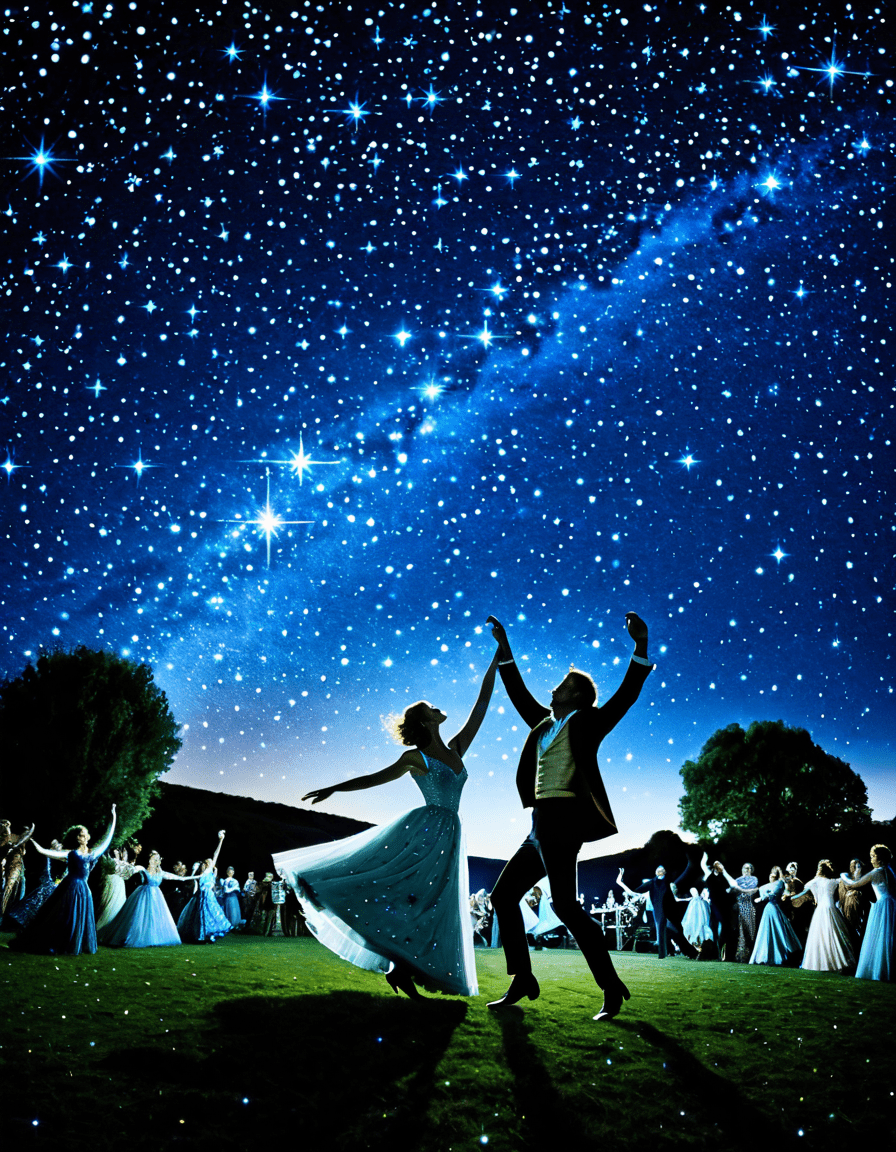
The Future of Absolute Cinema: Pioneering New Narratives
The future of absolute cinema brims with promise as filmmakers relentlessly push creative boundaries. We’re witnessing a blend of fresh narratives, cutting-edge technology, and profound storytelling elements that shape how audiences experience film.
As new filmmakers emerge, the fundamental pillars of absolute cinema guide them toward creating impactful stories. The art of visual storytelling remains a vibrant force capable of forging connections across cultures. The onus lies with these creators to honor this legacy, crafting tales that resonate on multiple levels. Every frame, sound, and narrative nuance contributes to an extraordinary cinematic experience, ensuring that absolute cinema continues to thrill viewers for generations to come.
In reflecting on these elements, we appreciate not just the films themselves but the dreams and realities they portray. Whether you’re rooting for Din Djarin in The Mandalorian or binge-watching The Circle Season 6, remember: each story is an invitation to explore, relate, and feel deeply. So grab some popcorn, cozy up, and let the magic of absolute cinema sweep you away!
Absolute Cinema: The Astonishing Art of Visual Storytelling
The Power of Emotions in Absolute Cinema
Ever wondered how a movie can make you shed a tear in an instant? In absolute cinema, emotional storytelling is crafted with such finesse that it feels personal. An exploration of techniques shows us that filmmakers often employ powerful triggers to induce emotional responses. For instance, the key to making yourself cry might involve tapping into relatable themes or evocative imagery, enhancing the viewer’s experience in transformative ways. Movies like The Notebook utilize these techniques, reminding us just how effective emotional storytelling can be.
The Personal Touch in Storytelling
Some filmmakers, like Nicole Shanahan, focus on deeply personal narratives that pull at heartstrings. Her works often highlight the intricate balance between storytelling and the viewer’s emotional journey. On the other hand, some films may surprise you with unexpected twists. Take the engaging relationship between Kathie Lee Gifford and Howard Stern, which has been a fascinating subject for many filmmakers. Their dynamic plays out on-screen in inspiring ways, revealing how personal lives can become a canvas for absolute cinema.
Life Lessons on and Off the Screen
Absolute cinema doesn’t just entertain; it teaches us valuable lessons. For instance, documentaries often reflect the human experience, showcasing real-life figures like Mardy Fish, whose personal struggles resonate widely. This connection can prompt audiences to consider their own lives and relationships. However, the fictional narratives shaped by characters, such as those in Teachers, delve into the educational experience, revealing both the joys and challenges faced in the pursuit of knowledge. These stories remind us that visual storytelling transcends entertainment to encompass growth and understanding.
In conclusion, absolute cinema weaves together emotional depth, personal narratives, and powerful life lessons, creating an engaging tapestry that speaks to our shared experiences. So, the next time you watch a film, remember: behind every scene lies a meticulous art form, illuminating the intricacies of the human experience.
